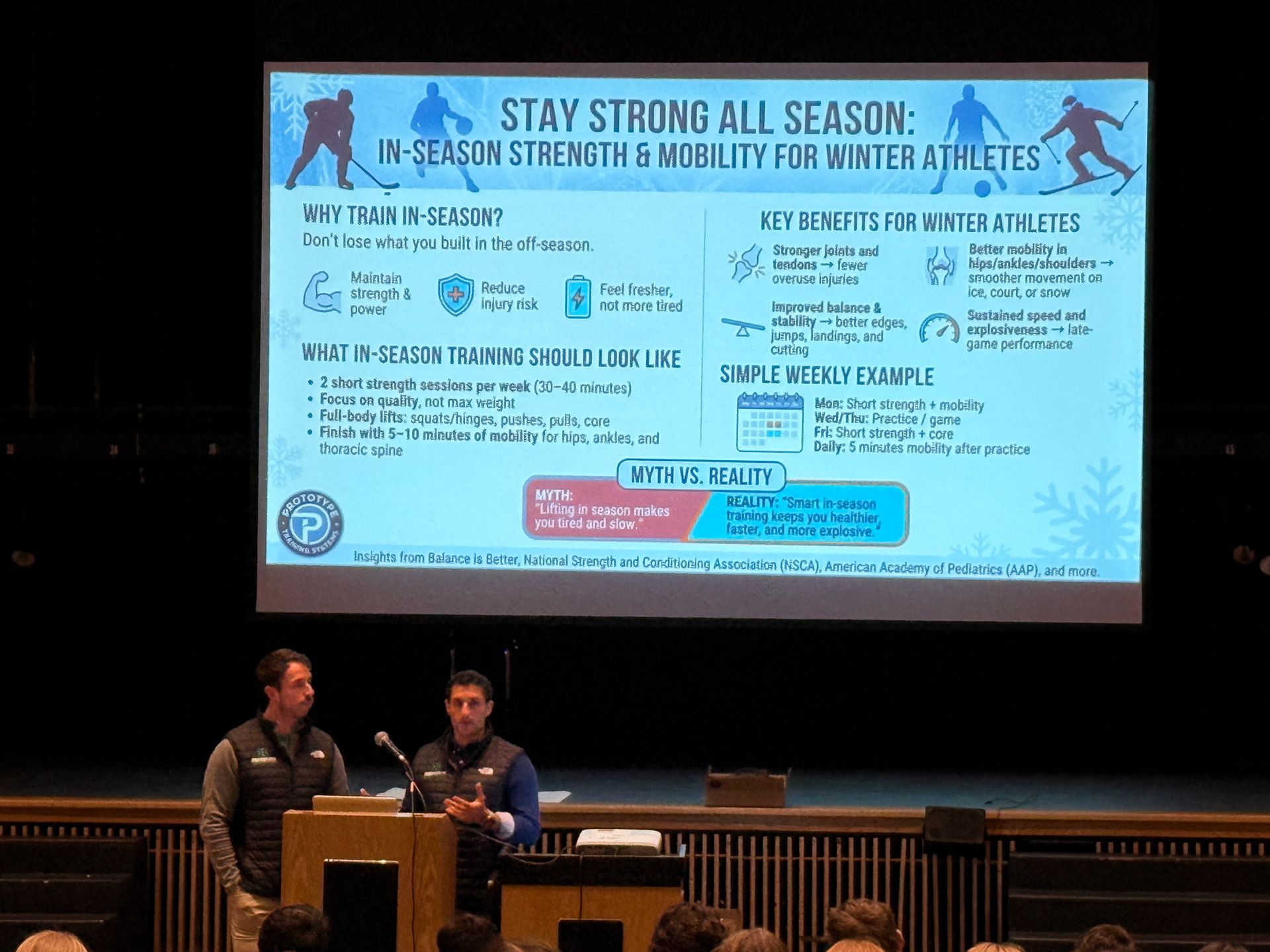4 Ways to Deadlift around an Injury
4 Ways To Continue To Deadlift Around An Injury
By: Martha Theirl, PT, DPT, Cert-CMFA, SFMA L-1 ( Owner of Q4 Physical Therapy )

Do you have pain during deadlifts? Are you currently injured but trying to continue to train around that injury? Try out these deadlift modifications to help train around pain or improve your movement patterns.
The deadlift is one of the most valuable lifts we have in CrossFit, and in rehabilitation! It helps to train the core, back, leg, foot, and arm strength all in one go, and makes us feel powerful to boot! If you’re feeling a little under the weather or trying to train around an injury, here are a few ways to continue to lift while you’re rehabbing your injury.
As always, this is meant to be educational and not individual medical advice. You should always consult a licensed healthcare professional; Physical Therapist or otherwise to address your individual needs and ensure these modifications are safe and effective for you. If you have specific questions, please reach out at martha@q4pt.com and we will work together to create an individualized care plan to address your goals!
1. Pain during the initial pull
This may be set up related, but can also be hamstring or low back pain when you go to deadlift weight directly off the ground. By placing your weight on blocks (or other stacked weights!) you lessen the range of motion you have to pull through, decreasing pain and allowing you to still deadlift with good form. As you’re able, you can lower the blocks or remove a plate to gradually bring you back to the ground. This is also a great move for beginners who are trying to lock in good form!

2. Knee pain during sumo deadlifts
The sumo deadlift is a more knee dominant form of the deadlift as you start from a greater knee bend, and it is more demanding on the quadriceps muscles. Make sure your sumo stance is correct for you without knee collapse, good foot position, and that the feet aren’t too wide. We discuss this more in our how to: deadlift blog post, coming soon! Changing to a conventional deadlift position helps you to take the pressure off the knee and quad.

3. Elbow pain during the pull or grip
Difficulty with gripping due to forearm or elbow pain? Using lifting straps can take the pressure off your grip and allow you to continue to train through your rehabilitation for your arm. Also, if you haven’t talked to someone about why you’re getting gripping pain, please do! These straps are easy to find and useful not only in the deadlift but also for squatting if you have difficulty getting into a front rack position!

4. Low Back pain
If you have low back pain during or after deadlifts (or any movement!), the root cause absolutely needs to be found. It may be a simple set up issue, due to high weight or volume (or both!), or it may be something more musculoskeletal. Recommendations here include meeting with a physical therapist, taking a hard look at your mechanic’s during the lift, and setting a course forward to get you pain-free. Options such as decreasing range of motion, switching to a sumo stance which is less demanding on the back muscles (also a great modification during pregnancy!), using a hex bar to be a bit more upright, decreasing the range of motion, and switching to a kettlebell are all options to pursue here.

Just because you are rehabilitating an injury doesn’t mean you can’t train! You may need to modify what you are doing as you rebuild to be stronger and more resilient! Have questions about these? Just Ask! Be resilient to the finish!
The post 4 Ways to Deadlift around an Injury appeared first on Prototype Training Systems.
Previous Blogs


Climb to New Heights
Prototype Training Systems is more than a gym - it is a lifestyle. Join us today!


